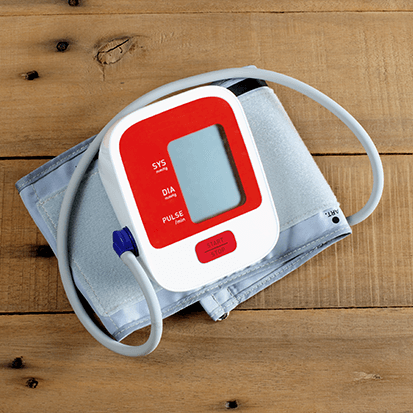All Categories
Featured
Table of Contents

Normal eye exams are essential for maintaining great vision and discovering potential eye health concerns early. However, the regularity of these tests can differ dramatically based on an individual's age, way of living, and general health and wellness. Comprehending the suggested routine for eye exams can assist ensure that individuals of any ages obtain appropriate treatment and tracking for their eye health and wellness.
Newborns and Toddlers (0-2 Years)
For kids and infants, eye tests are essential for discovering any prospective vision problems early on. The American Academy of Ophthalmology advises that a kid's very first eye examination must happen at around six months old. Throughout this initial visit, the eye treatment specialist will assess the youngster's aesthetic growth and look for any type of apparent eye problems.Following this initial test, it is advised that children have another eye test at age three. This check out will certainly concentrate on examining the child's total visual function, including eye placement and the capability to track things. If no issues are found, the next examination must be arranged prior to the kid begins college, generally around age five or six.
School-Aged Youngsters (6-18 Years)
Regular eye tests must be arranged every one to two years once youngsters get to college age. Vision is vital for finding out and development, and lots of institutions conduct vision screenings. However, these testings do not change an extensive eye exam by an eye care specialist.For kids associated with activities or sporting activities requiring considerable visual focus, annual eye examinations may be advisable. Furthermore, if a youngster displays indications of vision problems-- such as difficulty reading, squinting, or frequent headaches-- a check out to the eye physician should be scheduled as soon as possible.
Youthful Adults (19-39 Years)
Young person commonly have fewer vision adjustments than older age, yet normal eye exams remain necessary. The general recommendation is to schedule an eye examination every 2 years throughout this period. People with particular risk variables-- such as a household background of eye illness, diabetic issues, or those who put on contact lenses-- must think about yearly eye exams.Additionally, those that spend significant time on digital gadgets might experience electronic eye strain. If signs and symptoms such as dryness, fatigue, or blurred vision take place, it may be important to see an eye treatment expert sooner.
Adults (40-64 Years)
As people get in center age, the chance of creating vision troubles boosts. Grownups aged 40 to 64 must schedule eye examinations every one to two years. This age might begin to experience presbyopia, a natural age-related problem that makes it testing to concentrate on close objects. Eye exams can also help find various other typical age-related problems such as glaucoma, cataracts, and macular deterioration.If individuals in this age have threat factors like high blood pressure or diabetes mellitus, they may need more regular examinations to check their eye health carefully.
Senior Citizens (65 Years and Older)
For seniors, routine eye tests end up being a lot more critical. The American Optometric Organization advises that individuals matured 65 and older have an eye examination at least yearly. Older adults are at a greater threat for various eye conditions, consisting of cataracts, glaucoma, and age-related macular deterioration. Early discovery and therapy of these problems can prevent vision loss and boost the quality of life.Conclusion.
Understanding the appropriate timetable for eye examinations based on age is essential for preserving optimum eye health throughout life. By sticking to these standards and consulting with an eye treatment professional, people can take proactive steps towards maintaining their vision and general health.Table of Contents
Latest Posts
Discover Reduce Expenses on Car Maintenance with Montclare Auto Repair’s Limited-Time Deals
Published May 30, 25
1 min read
Explore Auto Services & More: Complete Auto Care Solutions from Montclare Auto Repair
Published May 27, 25
1 min read
Check Out Exceptional Auto Repair Care from Montclare Auto Repair – Quality Service Today
Published May 26, 25
1 min read
More
Latest Posts
Discover Reduce Expenses on Car Maintenance with Montclare Auto Repair’s Limited-Time Deals
Published May 30, 25
1 min read
Explore Auto Services & More: Complete Auto Care Solutions from Montclare Auto Repair
Published May 27, 25
1 min read
Check Out Exceptional Auto Repair Care from Montclare Auto Repair – Quality Service Today
Published May 26, 25
1 min read